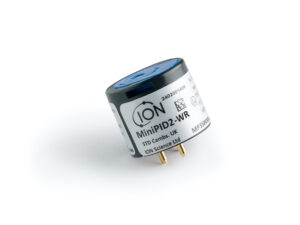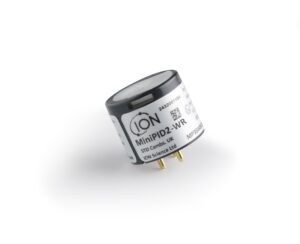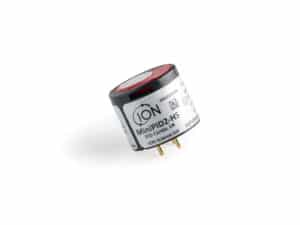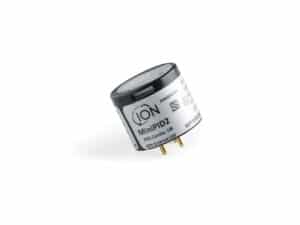
Setting The Standards for Headspace Sampling by Using PID
6th August 2020
The responsiveness of ION Science MiniPID Gas Sensor to virtually all VOCs has seen the sensor becomes the accepted for initial site entry assessment, ensuring optimal detection of unknown and often toxic or hazardous chemicals found at hazardous waste sites and chemical emergencies. The speed and accuracy of modern PID equipment mean that many workers and community safety concerns during initial and ongoing operations can be effectively assessed and monitored based on real-time field data, with many users around the world standardizing on ION Science PIDs.
The end of the 1970s saw the advent of the US Environmental Protection Agency’s (EPA’s) Chemical Spill and Superfund programs to address chemical spill emergencies and the nation’s uncontrolled hazardous waste sites. A key primary decision that site assessment personnel had to make in every case was the establishment of “safe” and “work” zones and the coordination of levels of protective equipment that would be required to protect workers from the chemical seeping out from buried or loose, rusting and leaking drums and the protection of those working and living around such environmental incidents. Reliable site entry procedures had to be developed.
The work to develop site entry procedures was a cooperative venture between EPA, their contractor from Ecology and Environment, Dave Dahlstrom, and HNU Systems’ Geoff Hewitt (CEO of Ion Science’s US office). An industry grew up around these procedures as contractors sought to rent/acquire reliable and effective detection equipment for site assessment work. One of the first of these was Hazco Services which grew rapidly renting PIDs and other instruments for site assessments. At the time the HNU PI101 was the only commercial available PID.
As more and more chemical spill incidents occurred and uncontrolled chemical sites were discovered and designated hazardous, efforts to characterize these sites generated increasingly larger numbers of air, soil, and water samples. By the mid-1980s, EPA’s Certified Lab Program facilities were stretched beyond capacity, and clean-up actions were often delayed for months. To address the problem, EPA developed field screening procedures that capitalized on the ability of PID-use methods to quantify, within limits, the degree of VOC contamination present in each soil/water/air sample collected.
These procedures were effective in minimizing the number of samples submitted for lab analysis by eliminating samples that were ‘clean’ and also those that were contaminated so heavily as to present problems by contaminating the laboratory environment, personnel, and the expensive and sensitive analytical equipment. As EPA moved into the leaking underground storage tank arena, PIDs once more asserted themselves as the detection unit of choice for headspace screening of soil and groundwater samples and work area safety monitoring.
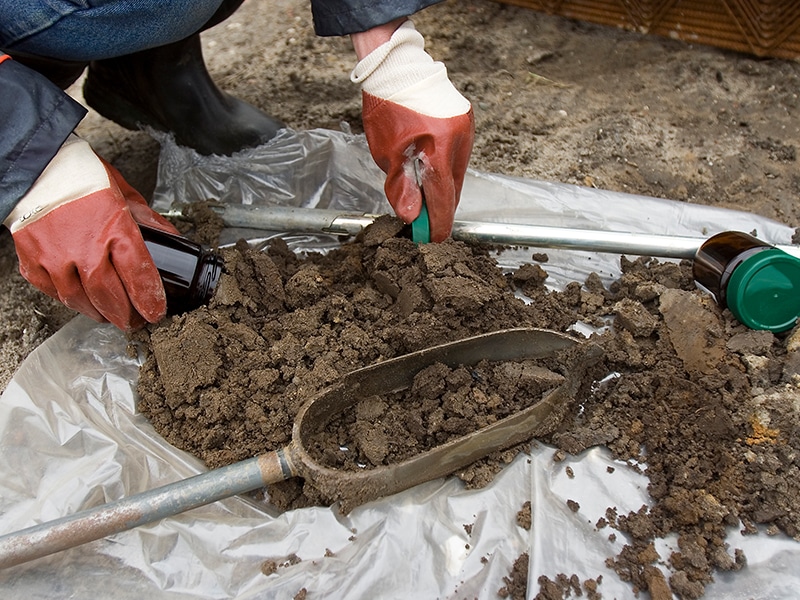
As PID technology has continued to develop, speed and accuracy have continued to improve, to the point now where many areas of the US will allow site closure in the field. One state, Maine, decided to allow closure of certain types of sites based on PID data, but later found significant differences in results depending on the type of PID used. In order to level the playing field, Maine decided to limit PID use to those models their Technical Services branch had evaluated and assigned a ‘Calibration Set Point’. This setpoint is used as a multiplier to correct the unit’s reading to the actual value as determined and verified by the Maine Department of Environmental Protection (DEP).
Setpoints varied from as high as 400 for the HNU PI101 to 260 for the MiniRae 3000, down to 130 for the ION Tiger series, all referenced to Maine’s normalized value of 100, with a bigger set point equating to a bigger inaccuracy. Maine DEP and many other users have taken the decision to switch over to the ION Science PID. ION Science provides a portfolio of handheld, fixed, and portable photoionization (PID) detection instruments for the rapid, accurate detection of volatile organic compounds (VOCs). Independently verified as the best performing PID technology on the market, ION Science Tiger instruments are proven to achieve superior results overall competition for accuracy, speed, reliability, and optimal performance in humid environments.
For more information on PID gas detectors for headspace sampling, please contact us at:
or by telephone: +1 (877) 864-7710
Application Article
Everything You Need to Know about Setting The Standards for Headspace Sampling by Using ION Science PID
Our Application Articles are available to download below, they provide you with key information on the exposure limits and the locations of where potentially harmful gases can occur within your application and share information on the gas detection monitoring techniques and equipment that can help you manage gas detection in the workplace.

Related Application Articles
Download your copy of the Application Article
Please complete the form below to download the Application Article.

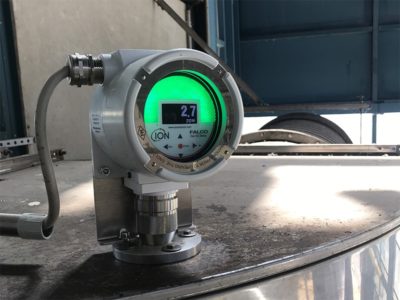











 中国
中国
